
Extending RAN standards towards openness and intelligence
Access O-RAN specifications
Development of open software for the RAN (in cooperation with the Linux Foundation)
O-RAN Software Community website
Supports for Members and Contributors in testing, integration and certification of their
O-RAN implementations
O-RAN Members (i.e. mobile network operators) have the right to attend and vote at the GMs. Annual GM takes place usually once per year to review O-RAN’s performance, decide on key topics and (once every 2 years) elect the Board of Directors. There can be Extraordinary GMs in addition.
The Board is elected by the Members. The Board consists of the Executive Board and the Extended Board.
There are up to 15 members of the Extended Board, with 5 founding Members and up to 10 elected Members. Founding Members keep their positions in the Board whereas the elections of the elected Extended Board Members take place every 2nd year from O-RAN ALLIANCE's setup.
.png)


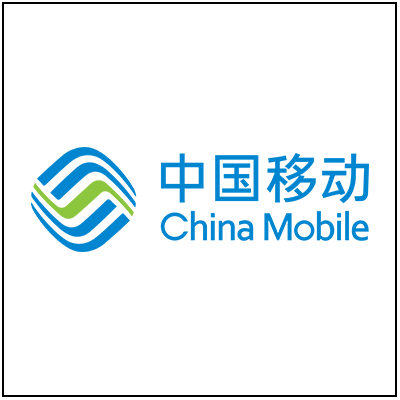








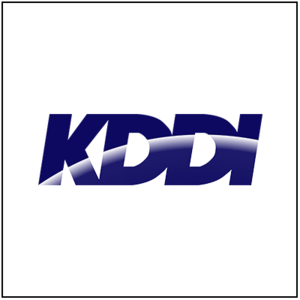





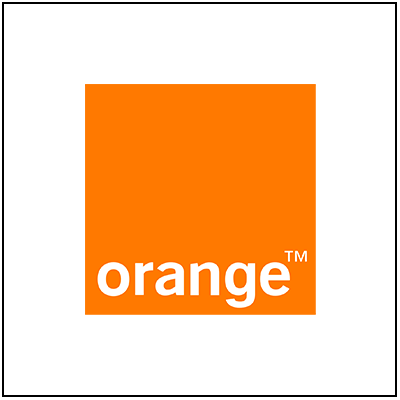





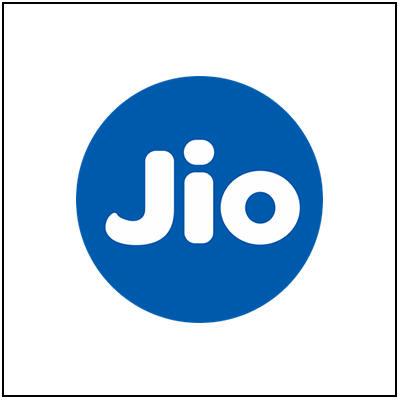





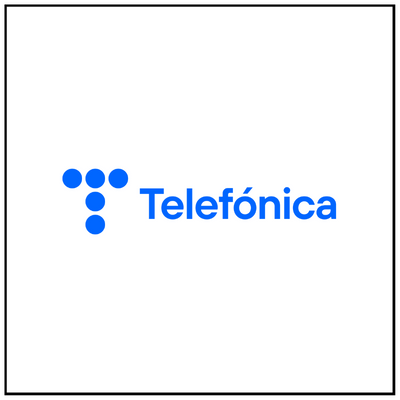








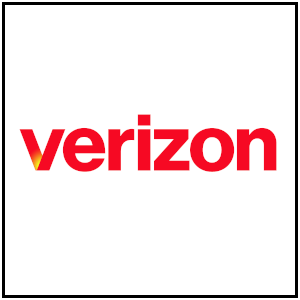







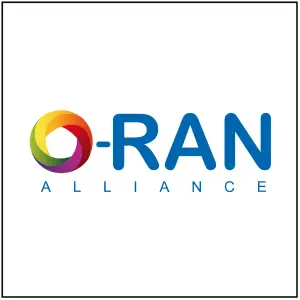

The EC supports the Board by proposing agendas, priorities, projects, and releases for the Board to consider and approve. In addition, the EC may be asked to make recommendations to the Board to overcome any ties. The EC consists of representatives of the 5 O-RAN founding members and two elected representatives from the Board members.
TSC decides or gives guidance on O-RAN technical topics and approves O-RAN specifications prior to the Board approval and publication. The TSC consists of Member representatives as well as the Work Group and Focus Group co-chairs, representing both Members and Contributors. The TSC is co-chaired by:
Focus Groups deal with topics that are over-arching the technical Work Groups or are relevant for the whole organization.